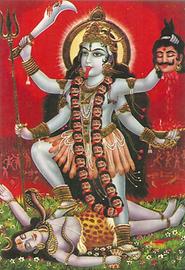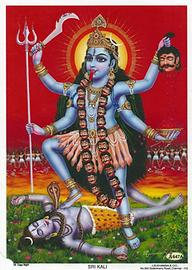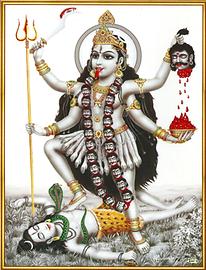Bloody sacrifices for goddess Kali in Dakshinkali near Kathmandu#
ByAll phots were taken by the author in the years 1977 - 2015 at various occasions and are part of the archive "Pictureflood Jontes".

While Buddhism rejects sacrifices with the preceding killing of a living being, such traditions have been preserved in Hinduism. Sacrifices are especially offered to Goddess Kali. Goddess Kali who is depicted frighteningly (Sanskrit: The Black) is one of the aspects of the wives of the high god Shiva. Unlike her Lord and the other family members devout Hindus regard her worship as wish-fulfilling. She is also seen as great protector against demons and malicious gods. In her honor animals are slaughtered in order to make her sympathetic to the devout pilgrim. Until 1780, when the Nepalese government prohibited human sacrifices, such were also offered with the hope to be particularly wish-fulfilling. In this fashion the unity of life and death could be also expressed.
In the valley of Katmandu Kathmandu approximately 400 m above the sea and 20 km south west of the capital of Nepal there is a small basin which can be reached by a steep and long staircase. Then you are in the temple of Dakshinkali Dakshinkali,nepal . In Hindi the name means literally „Kali in the South“. Art historically this temple is not very important, but it is the most important pilgrimage site of people in Kathmandu area. In the Middle Ages at the corner points of the cardinal directions, temples for various gods were constructed in order to protect the valley spiritually. In the south Kali has to take over this task. Unlike in other parts in Nepal the variety of the Hindu religious life, devout customs and people can be experienced here. The writer of this essay has visited this place a couple of times in order to document the colourfulness of devotion to this goddess.
The cult site is connected to the mightiest emperor of Kathmandu King Pratapamalla (1641-1674) of the local Malla dynasty. Once he had a dream that he was ordered to construct a temple for Goddess Kali in a remote region. A region was found in which there had been a picture of the goddess and the ruins of a temple. The new cult site was built on the ruins. Most probably the worship at this site can be dated back to the 14th century. Pratapamalla was the most important builder at that time. He was the constructor of palaces and temples around the Durbar place in Kathmandu. Among others he restructured the plateau, built the staircase to the mountain shrine of Svayambhunath, the bath of queen „Rani Pokhari“, the monument of Kalabhairava-Monument. His bronze statue amid his sons stands on a column in front of the Hanuman Dhoka palace of Kathmandu.
The small basin with its river comprises the actual place of worship, all in the open air with. There are stairs and bridges and above, a level higher, shops, food stalls and craft shops.



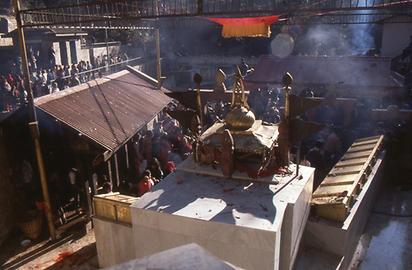






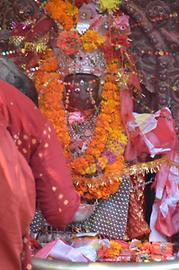


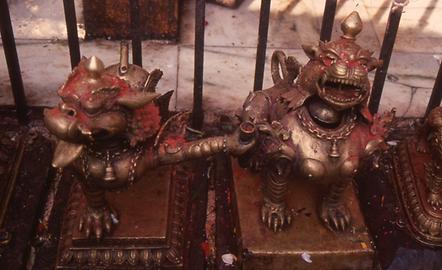
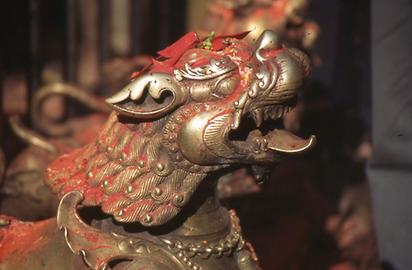
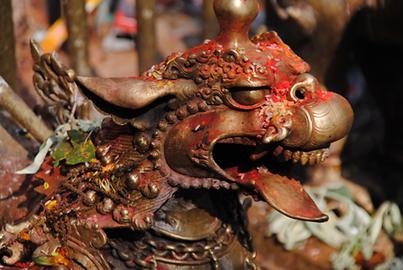

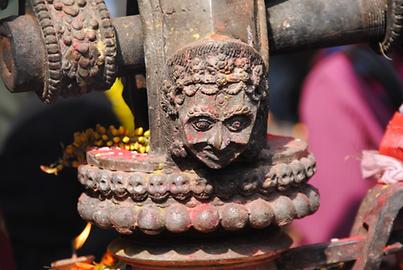


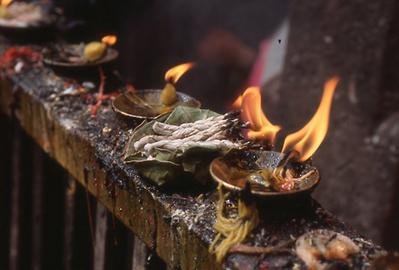

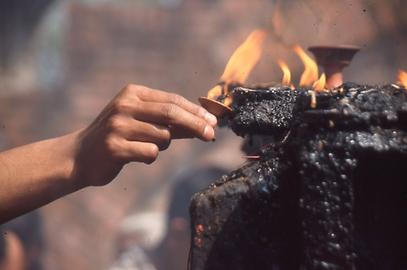





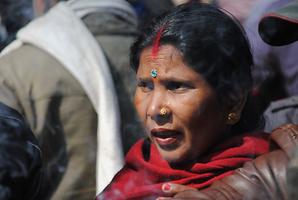




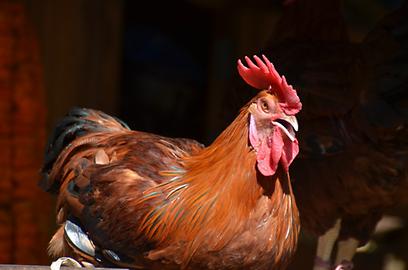
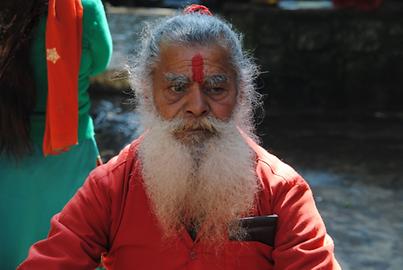








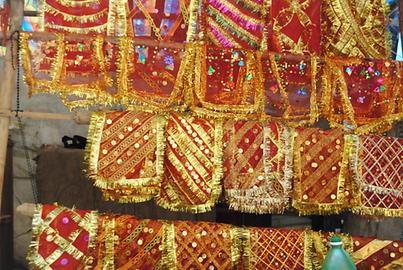


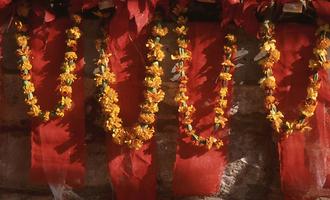

In Hinduism and Buddhism all living beings are equal. Therefore, they are also subject to the same treatment with regard to the life balance of karma and the cycle of rebirth. Prior to killing the animal the sacrificial priest performs a kind of "excuse us" ceremony. The creature is asked whether it agrees to find the death in favour of the goddess. First the yound animal gets a ritual anointing. Then it is sprinkled with water. When shaking, the animal is considered to agree. Contrary to the human acting repertory in Western countries, shaking means yes in South Asia. Then the sacrifice can take place. The sacrificial priest separates the head from the body of the animal with a quick cut. The blood is poured over the statue of the goddess and other cult images. The pilgrim takes the carcass for preparation and consumption.





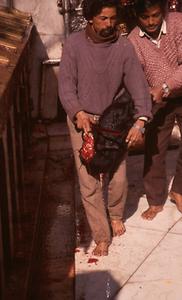
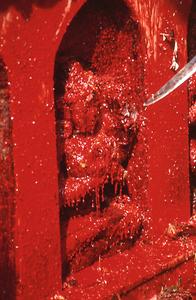

What follows now shows how pragmatic people think. Professional helpers gut the animal, cut it and make it oven-ready. They cook it also for money. Like at a picnic site, the whole family gets something to eat. After having fasted for the pilgrimage the pilgrims are hungry.
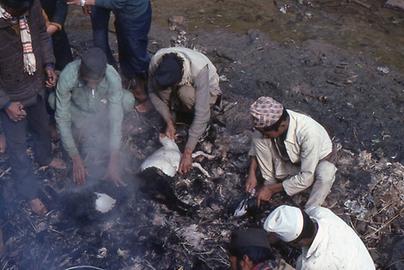





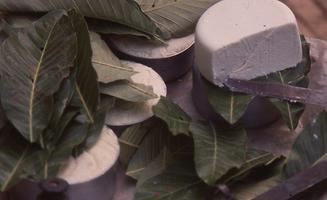

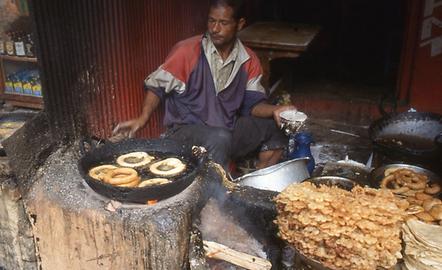

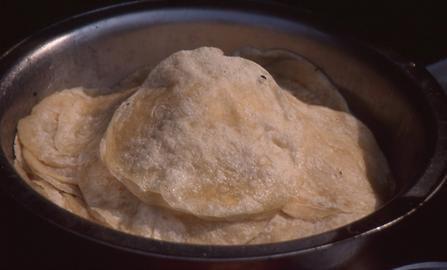

After completion of religious duties at pilgrimage sites the pilgrims can buy all kinds of goods. Along the access roads numerous traders are selling goods and foodstuff.
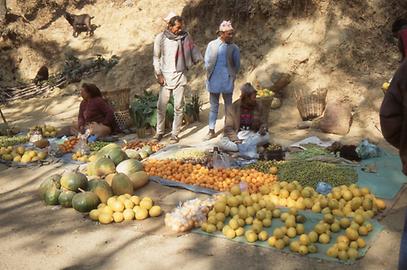

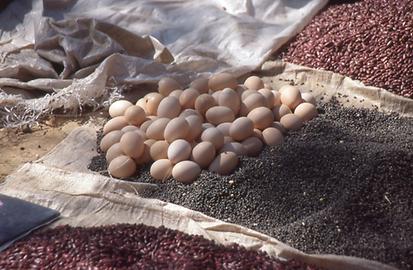

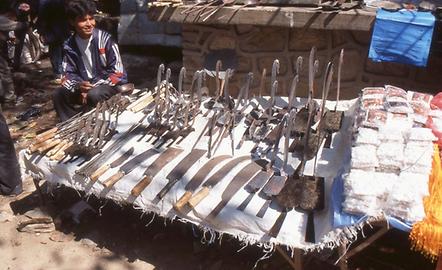
The worship of the wish-granting goddess Kali in both the private and family circle is also reflected in the fact that the publishers of popular graphic have brought forth India’s devotional images in countless variations. Images are still produced and have also Kali as a subject. Based on European lithographic images which were brought and spread in India by German missionaries, the style has been developed in India in the 19th century. The following samples are taken from the ethnographic collection of the author of this essay. Partly they were acquired in Dakshinkali.
Kali is bloodthirsty, but friendly to humankind. She rises virtually from the body of her husband from one world to another. As decoration she wears a skull chain. Other attributes are weapons and a severed head, blue-black skin colour and an outstretched tongue.

